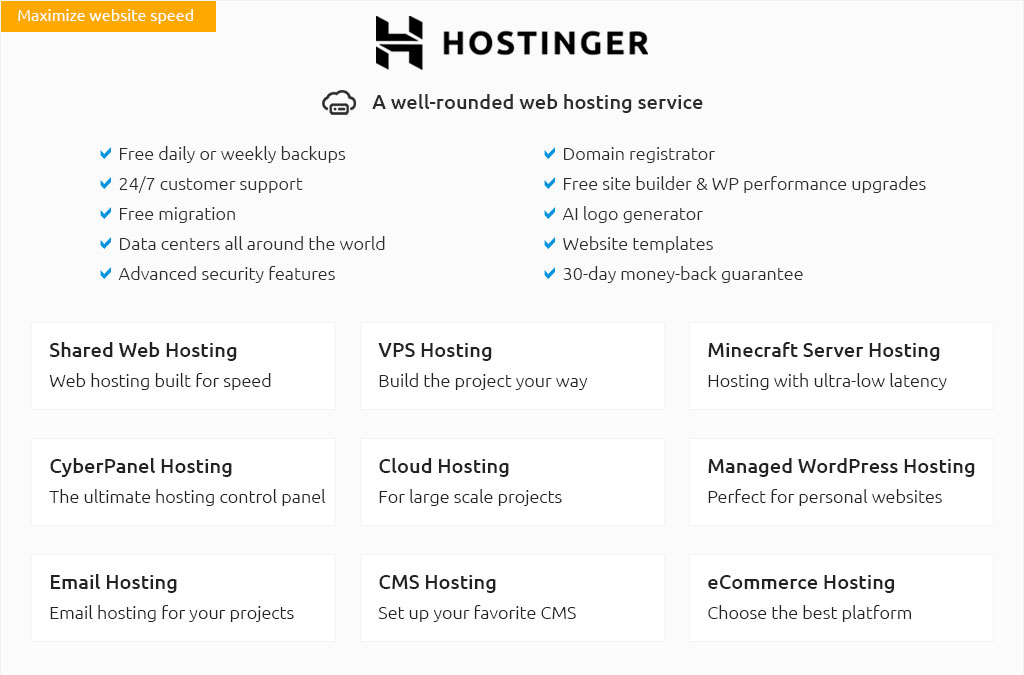 |
|||
 |
 |
 |
|
 |
|
 |
 |
 |
|||
 |
|||
 |
|||
 |
|||
 |
|||
 |
|||
 |
 |
Understanding WordPress Pricing: A Comprehensive GuideWhen it comes to building a website, WordPress often emerges as a top contender, primarily due to its flexibility, robust feature set, and the extensive community that surrounds it. However, one question that frequently arises among newcomers and seasoned developers alike is: 'How much does it really cost to use WordPress?' The answer, as with many things in life, is not straightforward. In this article, we aim to unravel the complexities of WordPress pricing, offering insights into what you might expect to spend and highlighting some real-world examples to help guide your decision-making process. To begin with, it’s important to differentiate between WordPress.org and WordPress.com, as they represent two distinct pathways with different pricing models. WordPress.org is often referred to as the self-hosted version. It is free to download and use, but being self-hosted means you will incur costs related to web hosting, domain registration, and potentially premium themes and plugins. On the other hand, WordPress.com offers a more streamlined experience with several pricing tiers that bundle hosting and other services. Let's delve into the specifics:
In conclusion, while WordPress can be a cost-effective solution, particularly when compared to hiring a web developer from scratch, it's crucial to have a clear understanding of potential expenses. By analyzing your needs and exploring both platforms, you can craft a strategy that fits your budget and aligns with your website goals. With WordPress, the investment is not just monetary; it's also about investing in a tool that can grow alongside your vision. https://www.brizy.io/pricing-wordpress
Buy Brizy PRO WordPress plugin! Brizy is the most user-friendly wordpress website builder in town! No designer or developer skills required with this ... https://wpvip.com/pricing/
WordPress VIP pricing is simple and straightforward, based on your sites' monthly unique visitors (MUV) and your specific needs. https://formidableforms.com/pricing/
Formidable Forms Pro is full of powerful application builder features & integrations. See package pricing for the best value. Get our WordPress form maker ...
|